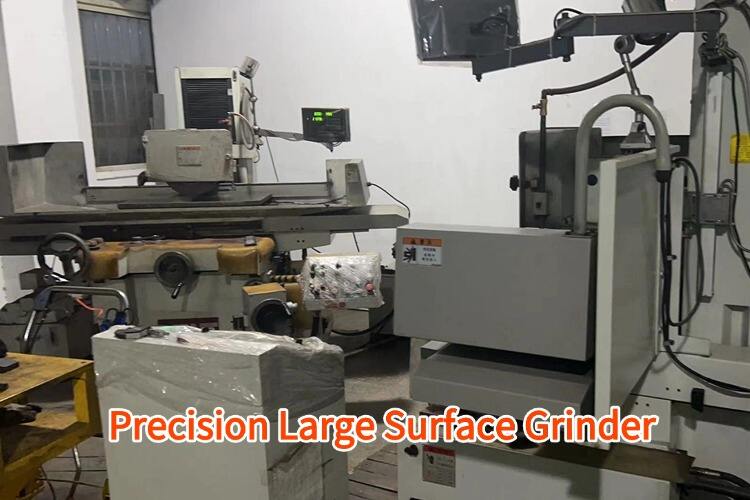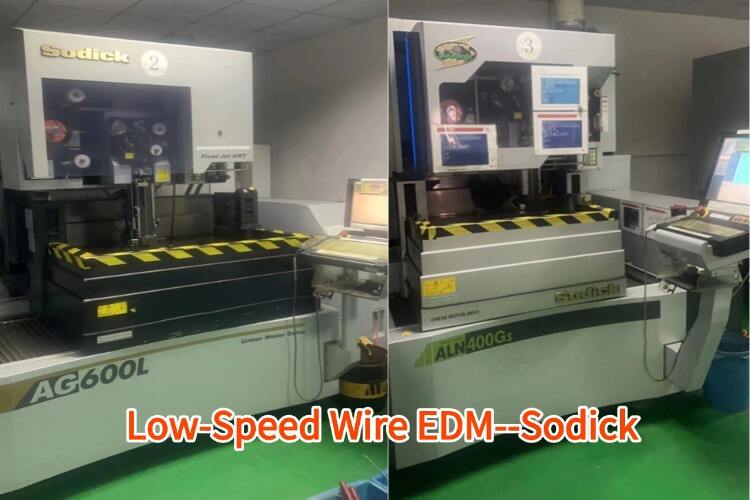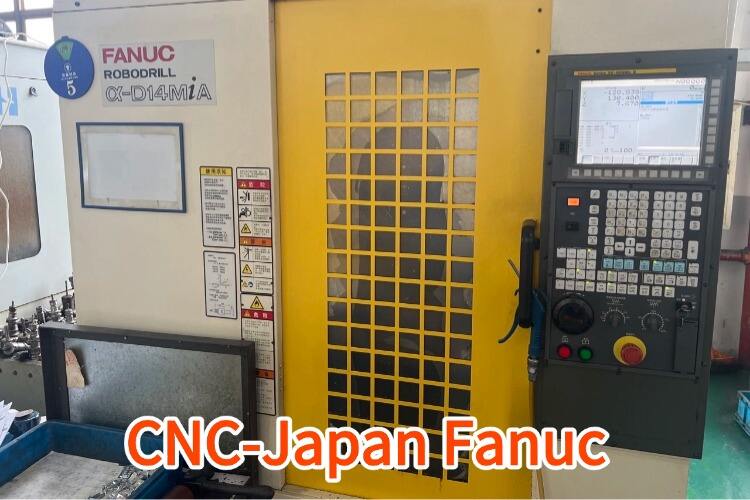what is the difference between cnc and 3d printing
CNC machining and 3D printing represent two distinct manufacturing technologies with unique characteristics and applications. CNC machining is a subtractive manufacturing process where material is removed from a solid block to create the desired part, utilizing computer-controlled cutting tools to achieve precise dimensions. In contrast, 3D printing is an additive manufacturing process that builds objects layer by layer from the ground up using various materials like plastics, metals, or resins. CNC machining excels in producing parts with tight tolerances and excellent surface finishes, making it ideal for industrial applications requiring high precision. It typically offers faster production speeds for larger quantities and can work with a wide range of materials, including metals, plastics, and wood. 3D printing, on the other hand, shines in creating complex geometries that would be difficult or impossible to achieve with traditional manufacturing methods. It allows for rapid prototyping, custom one-off productions, and the ability to iterate designs quickly without significant tooling costs. The technology enables the creation of internal structures and organic shapes that would be challenging to produce through CNC machining.


